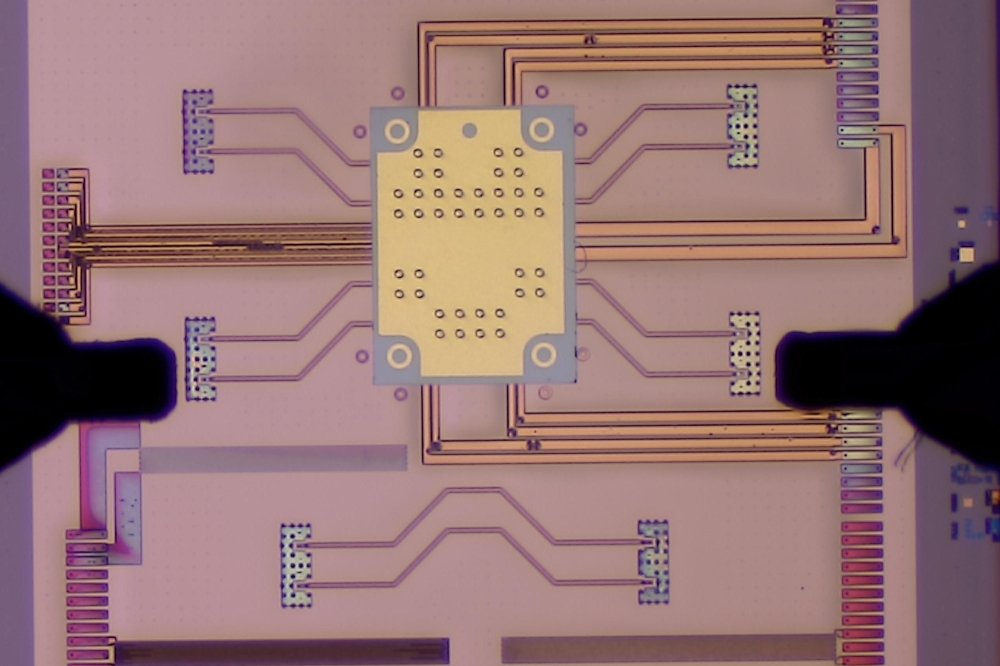Caldus raises temperature of silicon carbide contacts
Commercial devices The first commercial products under development by Caldus are devices for temperature, pressure and gas sensing in the 200-1000 °C range. Since the company s metal-SiC technology has been demonstrated to be stable at temperatures as high as 1100 °C it will be possible to develop SiC sensors that are stable, durable, chemically inert, small and relatively inexpensive. Several issues are driving demand for the SiC products. Among them are energy conservation, national security, automotive and engine emission requirements, and wireless and space communications. However, Caldus plans to focus solely on sensing devices in the early stages of its growth, and will consider other products and markets once this initial strategy is successful. Currently, a large suite of electronic systems used in commercial, industrial, and military applications (including, but not limited to aerospace, automotive, electric power, nuclear power and space) would benefit significantly from components and packaging designed and optimized for higher temperatures under generally harsh environmental conditions. These types of electronic systems are positioned away from the source of heat or they require the use of cooling systems. This design philosophy forces the use of costly cabling, connectors, tubing and/or cooling systems and creates excess weight, excess volume and decreased reliability. Furthermore, these factors increase maintenance requirements and consequently have higher costs. About Caldus Caldus Semiconductor Inc was founded as 3C Semiconductor Corporation at the Oregon Graduate Institute of Science and Technology (OGI) to develop and market unique SiC devices. Caldus has created proprietary technology in response to a growing demand for semiconductor devices that operate reliably at much higher frequencies, power levels and temperatures than existing silicon devices. Three patents have been issued to the company and three more applications have been filed. Caldus believes that its technology will create products with significant performance and cost advantages relative to competitive products for some high-temperature applications. This market is the focus of the International High Temperature Electronics Conferences held in Albuquerque, NM every two years. The Oregon Research and Technology Development Fund (ORTDF) and OGI supported the SiC technology program within OGI. Additional venture-capital financing has been committed to Caldus, which has also won SBIR Phase I and II contracts from the Ballistic Missile Defense Organization.































